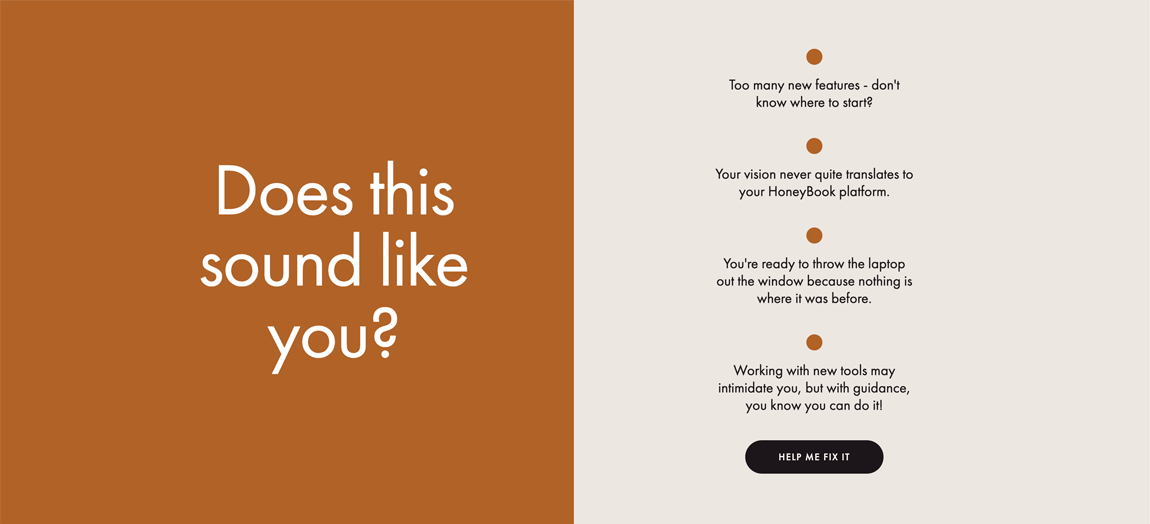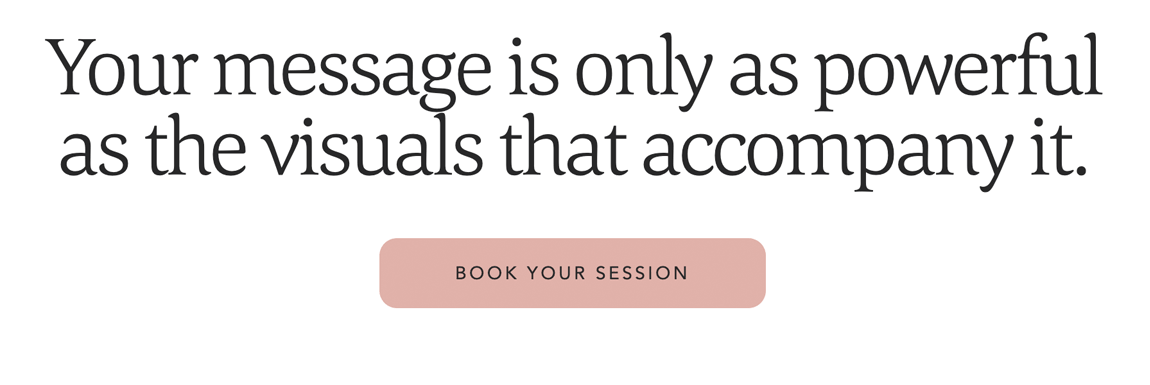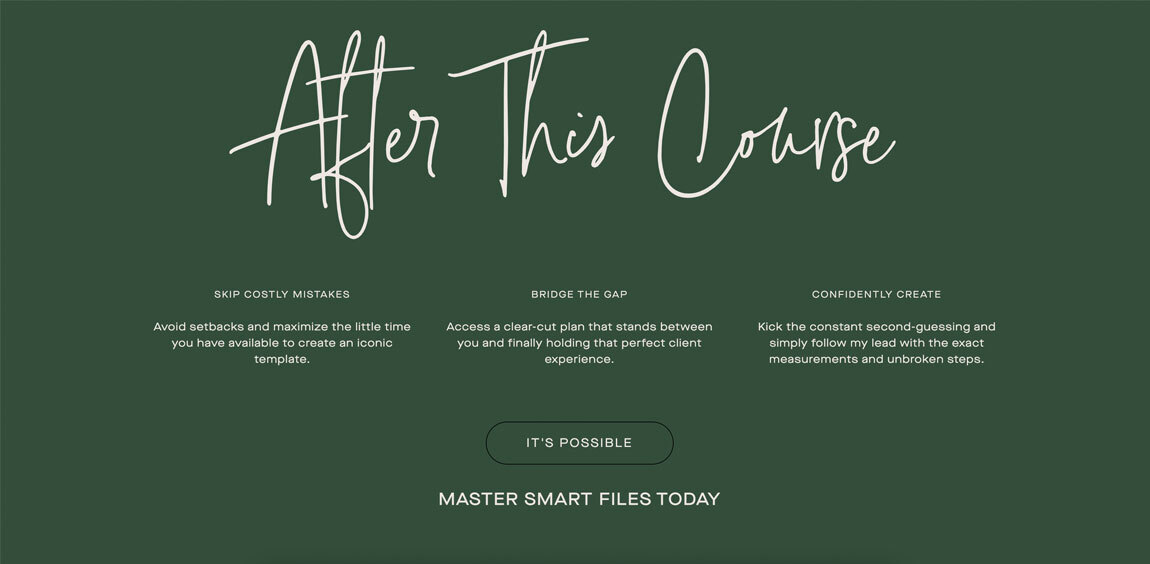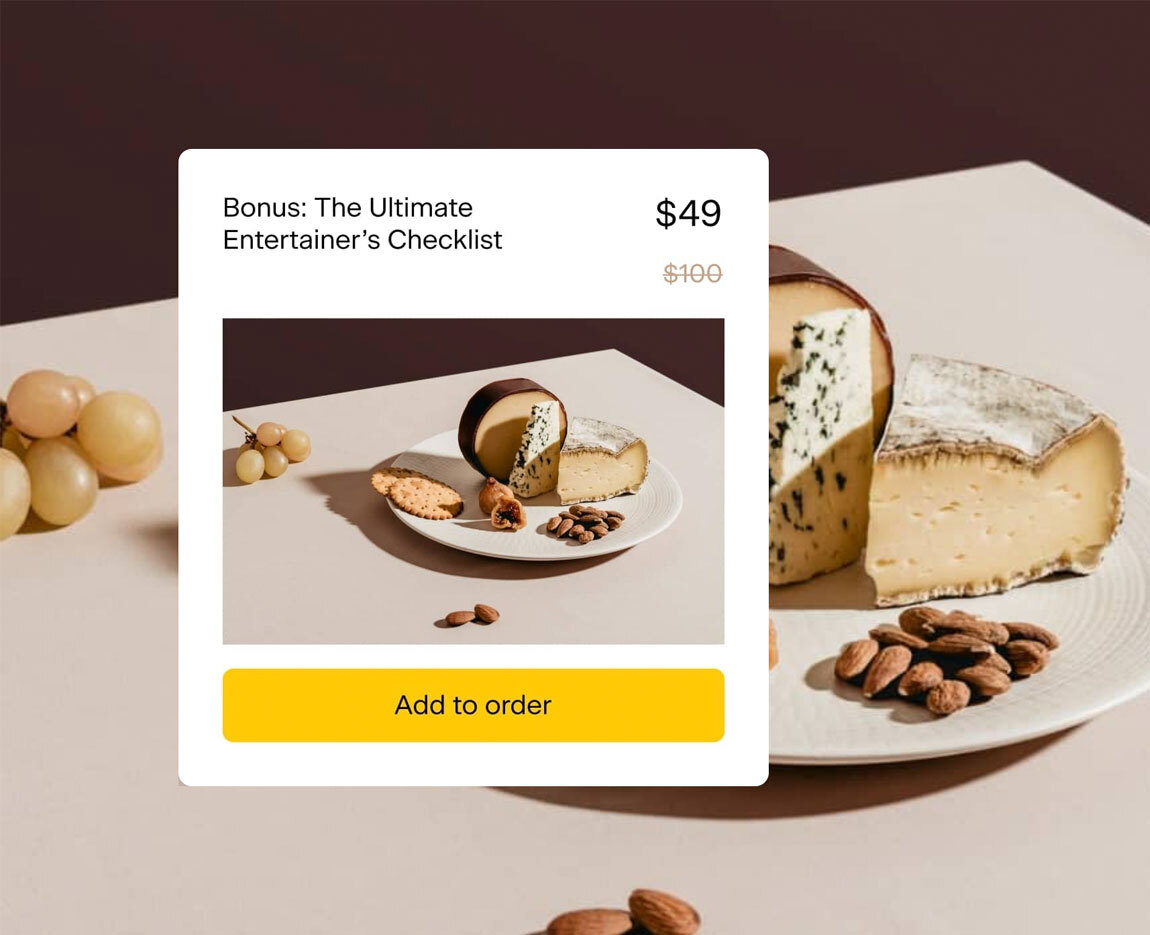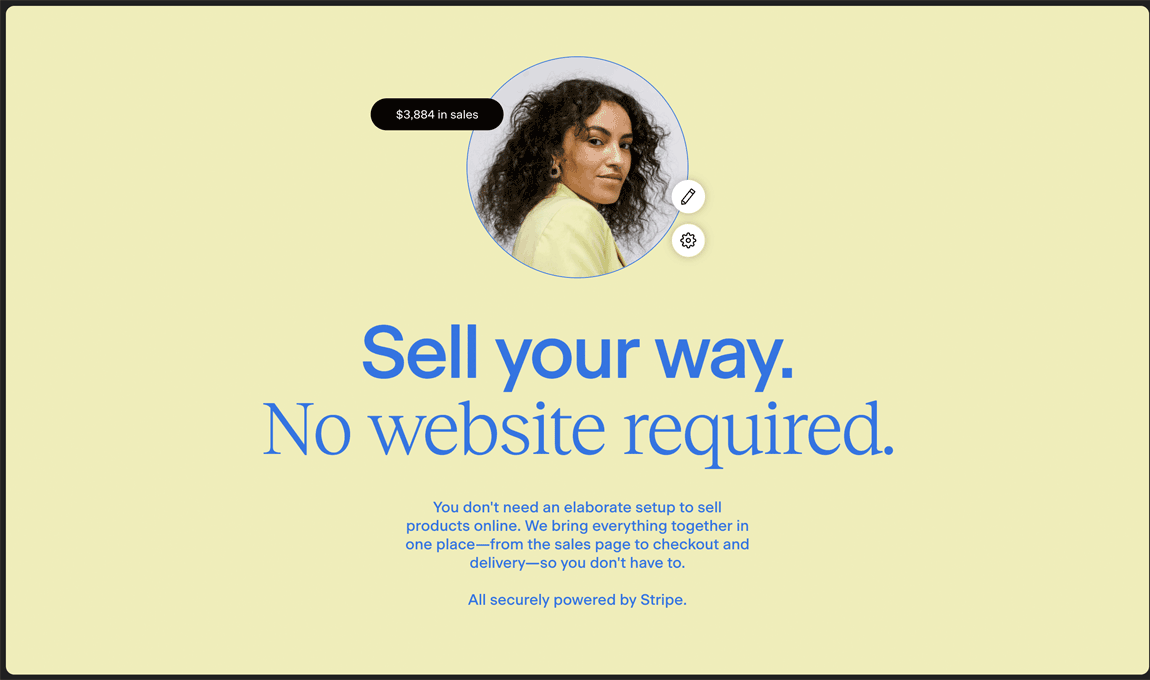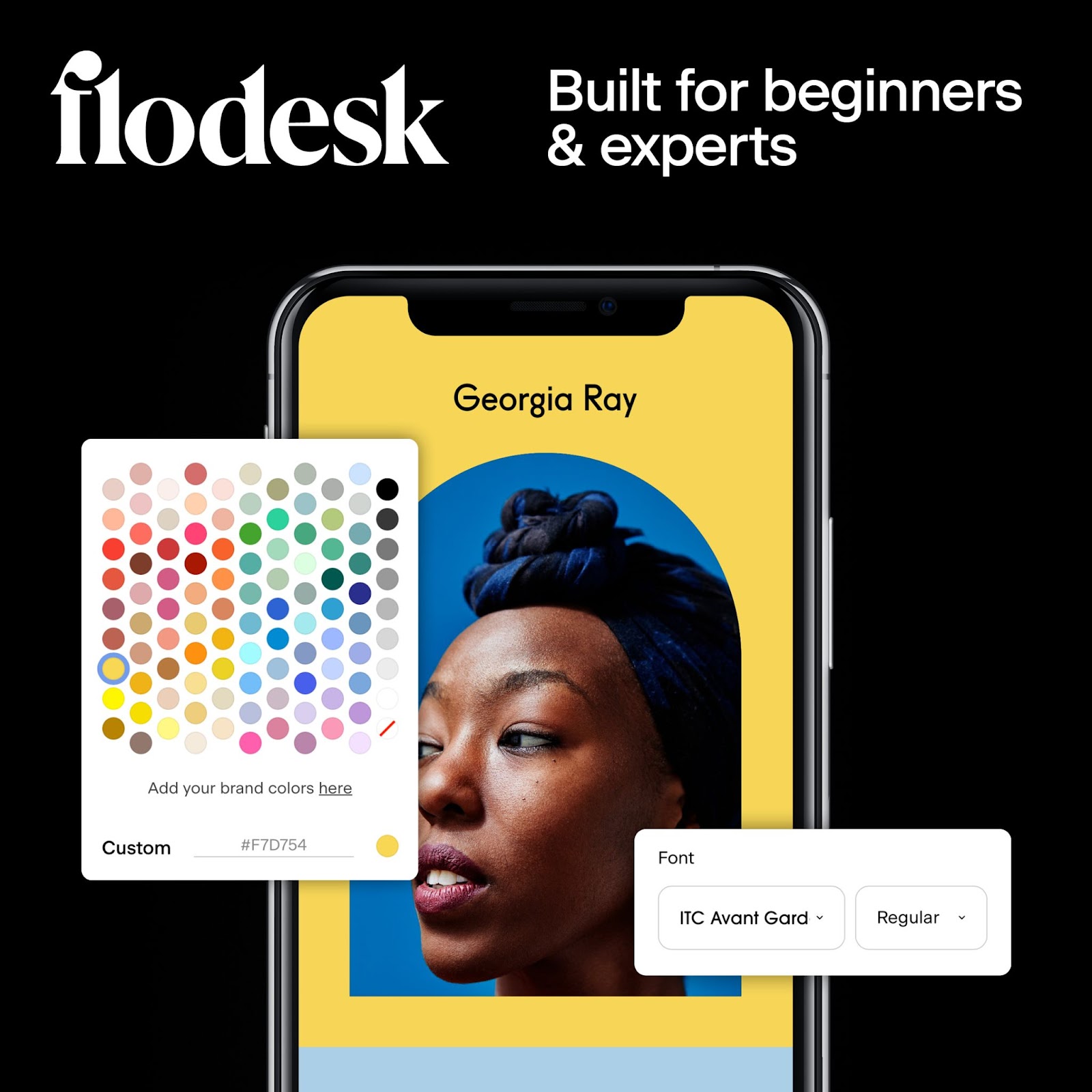How to price your digital downloads to sell
Table of Contents Jump to:
Jump to:
Table of contents
TL;DR Have a new digital download you can wait to sell? Learn about pricing strategies and decide which one makes the most sense for your digital product.
You’ve spent days or even weeks developing compelling content, editing, reworking, and finalizing it before packaging it in a beautiful design. You’ve hyped it up to your friends and family, and maybe you’ve even teased your digital download on your social channels or email list.
As you prepare for launch, you have one last thing to do: price your digital download. We’d all love to price our digital downloads high enough to make us overnight millionaires, but let’s be honest, no one’s going to buy a $5,000 ebook. Not sure how to price your digital download? Let’s explore:
- How to find the right price for your products
- Various pricing models
- How to price digital downloads (with tips)
How do I know what price works for my products?
So, you’ve created an incredible digital download that you can’t wait to put on the market. Congrats! But now you need to figure out what to charge for all your hard work and the value your digital product brings.
Pricing your digital download can feel overwhelming, but if you take a moment to ask yourself a few questions, you can gain some clarity into what will work for you. Ask yourself:
- Why would anyone want to buy my download?
- What makes my digital download any different from what’s already out there?
- Which pricing approach makes the most sense for me?
- How much is my audience willing to pay for my digital download?
Once you thoroughly think through the above questions, you can begin formulating a pricing strategy and find a price that gives you a generous profit margin without breaking the bank for your customers.
And once you’ve priced your digital download, show it off in its best light by building stunning sales, checkout, and delivery pages on Flodesk Checkout. You worked hard to create your digital downloads—showcase them beautifully.
Ready to sell your digital download?
Sell even more digital downloads with Flodesk Checkout. Create beautiful sales, checkout, and instant delivery pages your customers can’t resist.
Which pricing model should I use for my digital downloads?
When I first created my ebook, I did some competitor research, slapped a price on it, and haphazardly listed it on several platforms, including Flodesk Checkout and Etsy. I knew nothing about pricing strategy and didn’t do everything I should have before listing.
But that’s why we’re here—so you don’t make the same mistakes I did. So, let’s dive into how to sell your digital product based on three common pricing strategies:
Cost-based pricing
How you price your digital downloads is entirely up to you, but the cost-based pricing model is a common strategy among creators. It sets prices based on the production and distribution costs associated with creating digital products.
Even though the cost-based pricing model doesn’t typically yield as much profit as other pricing strategies, it’s the most straightforward, making it an easy approach for newer creators. You don’t have to do significant customer research, which is why it’s the perfect option for those who don’t have a lot of data available or are creating their first digital download.
When considering this pricing model, be sure to assess all production costs:
- How much will you need to pay in taxes?
- How much does it cost to host my digital download (domain name, hosting, plug-in expenses, and more)?
- What transaction fees or percentages will my checkout platform takes from each sale?
- What costs are associated with building my product (Canva, Grammarly, or an editor)?
Still not sure if cost-based pricing makes sense for you? We’ll weigh the pros and cons, so you can decide if this model is for you.
Pros:
- It’s one of the most straightforward pricing options
- It ensures fair pricing for both you and your customers
- It requires minimal customer research
Cons:
- The profit margins are typically lower
- It might not cover all your business expenses (like platform fees, taxes, or anything else you forget to consider when pricing)
- It’s based solely on production costs, so if it’s cheap to make, you may significantly undersell it
Pro tip: Use platforms—like Flodesk Checkout—with no platform fees to maximize your profits. And yes, you can get started for free!
A beautiful place to sell your digital downloads
Create a beautiful sales, checkout, and delivery page for your digital product that keeps customers coming back time and again. Meet Flodesk Checkout.
Value-based pricing
Whether you’re starting your own ecommerce side hustle or building your first course, you want to create high-value deliverables your audience loves. The same goes for your digital products. And if you want to be rewarded for creating valuable digital downloads, value-based pricing may be the way to go.
Value-based pricing sets your price based on the estimated value of your digital product, so instead of pricing based on what it cost you to create your digital download, you can set higher prices based on the value you provide. It prioritizes quality.
Still not convinced? A study by ResearchGate shows that value-based pricing is the best approach for businesses looking to optimize profitability. But if that’s not enough, look at some more reasons this could be a great pricing option.
Pros:
- You can price your digital downloads above the market average
- It has larger profit margins than other pricing strategies
- Many people equate higher pricing with higher quality—you may make more sales based on this principle
- It helps you understand the value of your product
Cons:
- You might overcharge, which can backfire (say goodbye to profits!)
- Higher pricing may narrow your audience if they can’t afford your price point
Competitor-based pricing
When considering how to price digital downloads, it’s best practice to do some research on your competitors. What does their pricing look like? How can you make your digital product more appealing? Chances are your competitors have checked you out too.
Before you even think about pricing, take a look at your competitors and ask yourself a few questions:
- What does my digital product offer that my competitors don’t?
- Who are you selling your products to? Who are your competitors targeting?
- Are your competitors offering a money-back guarantee, and should you?
- How have your competitors positioned themselves in the market?
- What makes your digital product exceptional, and how can you differentiate it from your competitors?
But what is competitor-based pricing? It’s a strategy that prices your digital products based on what your competitors are doing. You first research your competitors and then use their prices as a benchmark for your product.
Pros:
- It ensures you price your digital products at the going rate
- When you price similarly to your competitors, you’re more likely to be within reach for most of your target audience
- It’s easy to follow and implement
- It’s a low-risk approach
Cons:
- Your competitors ultimately determine your price
- The prices may (or may not) reflect all the value your digital product provides
- If your competitors are pricing their products on the low end, it may minimize your profits
Pro tip: Use competitor-based pricing if you’re new to the market—it can help you determine a fair price, so you’re not undercharging or grossly overcharging customers.
How to price digital downloads: 5 Tips
Now that you have a thorough understanding of the three different pricing strategies, let’s explore five things you should do before pricing your digital downloads.
Get to know your audience
Before you embark on your digital download journey, research your audience, their needs, and how your potential digital product could educate them or solve their problems. Once you do that and create your digital product, you can use this research to help you price your product for your target customer. Here’s how:
- Understanding who your audience is allows you to make informed decisions on how much they’re willing to spend on a digital product like yours.
Interviewing people who fall into your target audience is a great jumping-off point, but here are a few other strategies to help you really get to know your target audience.
Define your customers
It doesn’t matter how incredible your offering is if you’re not selling it to the right people. Define your ideal customer and better position your product for them by building audience personas. This data can help you tailor your product and marketing to appeal to your ideal customer.
For example, I know the target audience for my all things writing side hustle consists of marketing managers and executives at SMB SaaS or tech companies. They hire me because they have no time to write. Knowing that, I can better position myself than if I only knew they were marketing execs. The same goes for your digital product.
Address your audience’s pain points
Think about the last digital product you purchased: did you buy it because it solved a problem, taught you something new, or helped you become more proficient in some skill? Or did you purchase something that provided no value to you just because?
I’m guessing you probably bought something that solved a problem or educated you. And that’s probably what your customers will do too, which is why you should have a firm grasp on their concerns or what keeps them up at night. Understand and address their issues with your digital download. Here are a few questions to ask:
- What does your audience want to learn about?
- What product would help them do better work or achieve their goals?
- What are their biggest challenges?
Get in your customers’ heads to create a compelling product they can’t help but purchase.
Highlight how your product can improve their lives
I don’t know about you, but when I created my ebook, I did it for two reasons:
- To help people become better writers
- To create a passive income stream
I couldn’t achieve either if I didn’t first figure out how my ebook would improve my readers’ lives and then market that. If you know the value you provide, you can better price your digital product (and emphasize why it is worth the price).
Let’s say your audience of DIY homeowners struggle with installing LVF flooring and put it off because it’s too expensive to hire a professional. You can create a comprehensive downloadable guide and highlight how it makes their houses feel like homes, increases the values of their homes, and can ultimately make their lives easier.
Explore the ins and outs of your competition
If you’re using competitor-based pricing, you’ve likely already researched your competition. But if not, this is a good first step. When you research your competitors, do a deep dive to answer the following questions:
- How much are they charging for similar digital products?
- What is the market rate for similar digital products?
- How is your product different (or better)?
- Are you offering a higher quality or more valuable digital download?
Understanding your competitors can help you distinguish your product and stand out from the crowd. But you’ll need to be thorough. Instead of looking at a few of your immediate competitors, explore indirect competitors and others in the same space to fully understand what your audience values and what they’re willing to pay.
Pro tip: Check out forums and look at customer reviews for your competitors’ digital products to get a sense of what works, what doesn’t, and what people are willing to pay for similar products.
Calculate costs
When contemplating how to price digital downloads, most people forget to calculate costs first. Even if you’re not going with the cost-based pricing model, you should still look into the costs associated with creating your digital products.
Establish your profit margins
We suggest identifying your costs and expenses upfront because they can help guide how you price your digital products. They can also help you establish your profit margins.
Let’s say it cost $40 to create your ebook after paying for an editor, hosting it, and your Canva premium subscription. You want large profit margins and have determined that your customers are willing to pay a premium price for your advice, so you price your ebook at $75. Had you not calculated the cost of designing your ebook upfront, you may have priced it lower, seeing smaller profit margins.
Consider taxes and other fees
There are obvious expenses, like paying an editor to edit your content or your Photoshop subscription to create beautiful graphics for your digital download. But there are hidden fees like taxes or platform fees. Have you thought about:
- All expenses needed to create your digital download
- What percentage of every dollar goes to taxes
- How much your hosting site charges
- How much you profit after taxes and fees
- What percent your payment processer charges to process transactions
Hidden fees can take a nice chunk out of your profits, so it’s best to prepare for this and price accordingly.
Pro tip: Use a platform like Flodesk Checkout that doesn’t charge a platform fee to host and sell your digital downloads.
Prioritize value over time
You spent so much time researching your audience, designing a valuable digital product, marketing it, and getting it set up to sell online. Weeks or even months. And while that time is valuable to you, your customers don’t care. It’s a hard reality, but it’s the truth.
Your customers are more focused on what you can do for them—how does your product better their lives? They want to know that you’re going to save them time, money, or effort. So, instead of reminiscing on all the time you spent perfecting your digital download, focus instead on your customers and the value your product provides.
Use value to determine your pricing
Focusing on the value you provide your customers can help inform your pricing (remember, value-based pricing?). If you create a high-value digital product that hits on every one of your customers’ pain points, you can charge a higher fee.
Why? Because they’ll be willing to pay that premium price for a product that solves almost all their problems. But remember, you want to create pricing that is fair to both you and your customers. The more value you provide, the more you can charge. And the more value your customers get from your products, the more willing they are to pay the higher price.
Consider upsells and bundle deals
Popularized by fast food chains like McDonald’s, “would you like fries with that?” is one of the most well-known upsells out there. And who can resist those crispy golden french fries? And if you’re wondering where I’m going with this, here it is: create an irresistible upsell to bring in even more income.
Upsells too good to pass up
Do you have multiple digital products, like an ebook, guide, and template? Or multiple ebooks that all complement each other? Not only can you upsell or bundle your products, but your customers will love it too because bundles and upsells are typically offered at a discount.
Bundling, or grouping together products, gives your customers the best value and helps grow your income. Instead of paying full price for each digital product, your customers can get everything at once for a slight discount. And you get more money because you’re selling more products. But before you start bundling everything, make sure:
- The products in the bundle make sense together. For example, if you have a Social Media: 101 ebook, a guide with 50 social media templates would be the perfect bundle.
- Everything is valuable. It’s easy to create content quickly just to make a few extra bucks. But you want to provide immense value to your customers, so don’t make your secondary products any less valuable than the main product.
When you list your products, you can create bundles or offer an enticing upsell on the checkout page. Not only does this make it easy for customers to add it to their carts, but it also shows them you’re focused on creating quality content tailored just for them.
Sell your digital products with Flodesk Checkout
Digital products empower creators to earn extra income and share their knowledge with the world. The earning potential is limitless, especially
if you tailor your digital downloads to your target audience and solve their most pressing problems. Even better, if you price it right, your digital products can turn into a sustainable passive income stream.
So, who’s ready to list their digital downloads? Once you’re ready, check out Flodesk Checkout. You can build beautiful, on-brand sales pages to highlight all your product benefits, give customers the details they need, and even show off testimonials.
And once you’re done with your sales page, you can create a simple checkout page. Give customers the option to opt-in to your email list, offer upsells, give a discount, and more—all to create a seamless and frictionless buying experience.
But perhaps the best part about Flodesk Checkout is the delivery page that allows you to instantly deliver digital downloads to your customers. No waiting, no hassle—just immediate gratification.
Your customers will appreciate the experience, and you’ll love all the cash you’ll be raking in from sale after sale. Try it out—you’ve got 30 days free!

